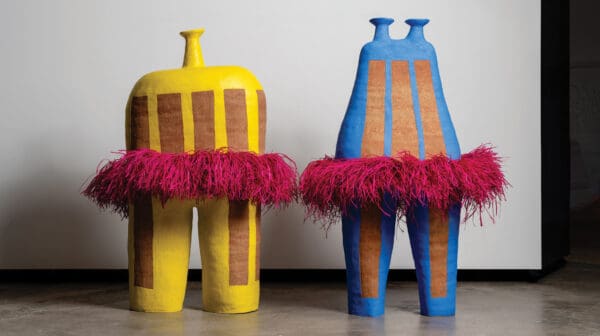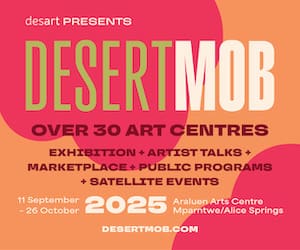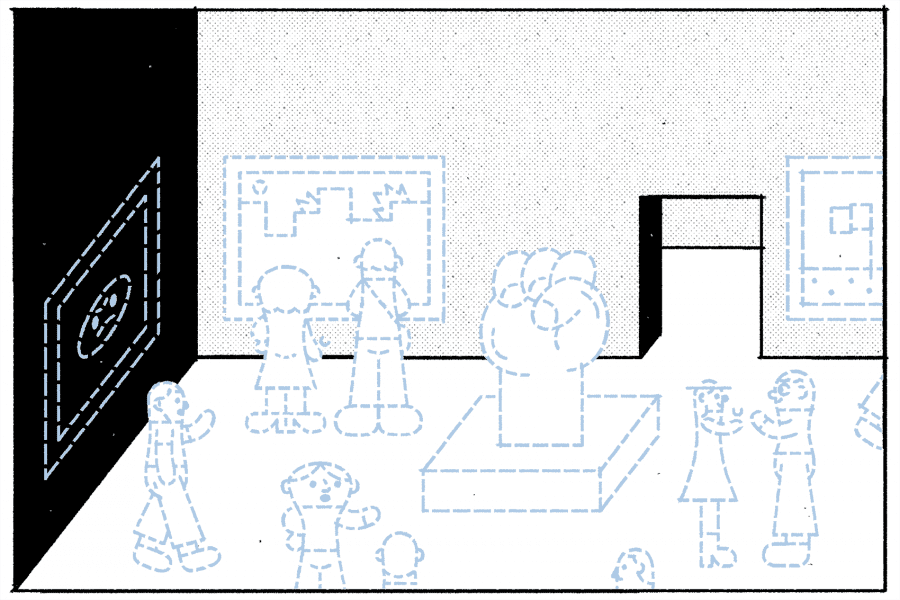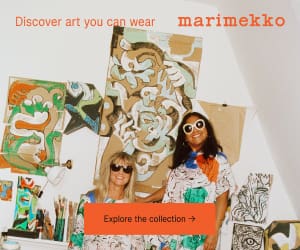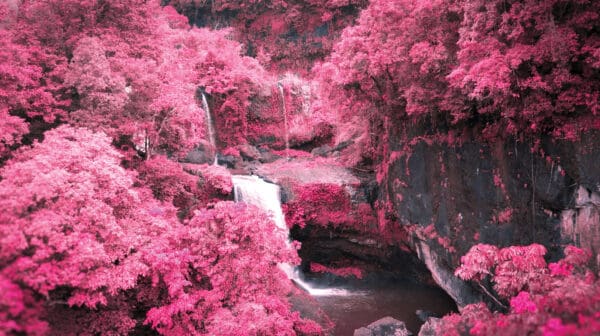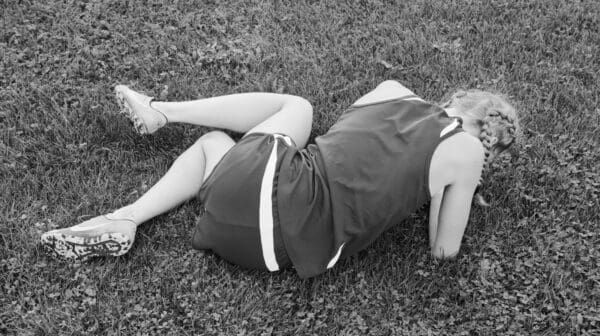In mid-March I rode through an unusually sparse Melbourne CBD to an office in flux, unaware that this would be the last conventional workday for some time. Images of lengthy Centrelink queues circulated quickly as venues shut and friends discussed the emerging lockdown with confusion. We weren’t sure whether it was happening or something we were watching: too familiar with the apocalyptic fiction we had read, too unfamiliar with what we were actually experiencing. Predictions of an austere future arose quickly, particularly from artists heavily impacted by the diminished city.
Arts workers and communities that had once transformed buildings into spaces of generosity, by destabilising colonial architecture, now watched these same empty infrastructures from televisions, once again witnessing their reduction to something cold and authoritative. It was as if their emptiness revealed the rigidness of westernisation that creatives were beginning to soften.
I soon fell into nostalgia, aware that the memories I drew from to write or escape felt vague and implausible. I was temporarily adjusting to a smaller life in a geographically contained environment, wondering whether this might limit the creation of new memories, living in a small apartment in the southeastern suburbs with my mother.
As the addictive speed of cities subsided and an altered reality emerged, it was also possible to feel some respite in the unexpected quiet. Yet I was equally aware of how the immense privileges that came with the silence were not equally dispersed to workers who continued to cross cities on public transport, performing essential roles that were often invisible but enabled others to function. As I grieved for the creative future I had imagined—conscious of this entitlement—I watched arts organisations and programs move quickly into online spaces, not expecting or even hoping that this could replicate place-based work. Rather, it became indicative of creative communities’ determination and integrity to continue even as government funding splintered into inadequate rescue packages.
At times, these new online experiences with writers and artists soothed the detachment of physical distancing.
Alison Whittaker’s Sydney Writers Festival address and Ellen van Neerven’s intimate conversation with Maxine Beneba Clarke, discussing van Neerven’s new poetry collection Throat, brought important ideas into our living rooms, reaffirming the ability of culture to open viewpoints, which would otherwise remain underrepresented—if heard at all.
Yet moving online also presents challenges for listeners and artists. The loss of live events began pushing organisations into virtual landscapes and left little time to scrutinise the challenges that these digital spaces presented. And, most ironically, there was the expectation that online work could be created for free or at reduced rates, without considering that in most circumstances it was more demanding than ever to deliver.
For many arts workers, ill-considered in government packages such as the JobKeeper payment, online content offered some continuity in the stilted spatial geographies we were adjusting to. If some of our incomes had disappeared, we could adapt and maintain a voice. And if this was not remunerated, it wasn’t too dissimilar to the issues of unpaid labor common before. While artists and writers, particularly from First Nations and POC communities, collectivised virtually to support wider social needs, in a time of upheaval the swift transition from ‘irl’ to ‘online’ occasionally felt premature. This isn’t to question the artists’ strength and adaptability, but rather the speed of production that seemed unconsciously wrapped in the logic of capitalism, rarely allowing for quiet moments. In the attention economy, even under COVID-19, self-worth was linked to public outcomes and images of success. The possibility to pause felt unlikely in the relentless glare of social media.
While online content increased, some artists were starting to confront the moral ambiguity that digitised environments opened up. In the article Sacred Data, published by the National Association for the Visual Arts (NAVA), Jazz Money—a poet, filmmaker and digital producer of Wiradjuri heritage—highlighted that “as the world moves to digital solutions in a physically distant time, and many industries become new online creators, the issues of data sovereignty are becoming increasingly apparent. Our data has become our most valuable commodity, and protecting it is complex and imperative.” Money articulated the uneasiness I often felt in digitised spaces, which on some levels dislocates viewers from land, place and the consequences of colonisation, while also raising significant questions of how we assert cultural sovereignty and address appropriation in these contexts.
As our physical lives had already felt predicated on apps and social media long before lockdown, the delivery of digital content seemed organic. But as digital practice normalised, it was important that artists were questioning this too. In my own practice, a commission I received from Liquid Architecture, centring on the Lincoln Mills Chimney in Coburg, was postponed rather than moved online. Responding to the labour struggles embedded in the former factory built on unceded land, in a suburb where similar buildings were gentrified for cultural purposes by the white middle-class, was spatially unsettling and seemed impossible to interrogate online. Delaying an outcome provided time to think deeper about labour inequalities and colonisation, which were exasperated through the geography of the pandemic. It also offered a minor anti-capitalistic message, even if our choice to stop the project came from a position of enormous privilege.
As our cities started reopening, an uneasy feeling followed. I wasn’t sure if the silence had lasted long enough; we had barely started to imagine a different future as the capitalist impulse of the city returned. Did we learn anything in temporary isolation? Would any desire for change endure as we moved back to ‘normal’? The temporary shutdown may have left an economically lean arts industry further emaciated, but there has never been a more important time to think about ways of working and creating beyond the framework of capitalism.
Artists have always critiqued social norms and injustices, negotiating this risk with little pay—but alliances with broader labor struggles are also needed. As communist philosopher Franco “Bifo” Berardi proclaims in his book The Uprising: On Poetry and Finance, “During the last few years disruptions have multiplied in the planetary landscape, but they have not produced a change in the dominant paradigm, a conscious movement of self-organisation, or a revolutionary upheaval.”
A ‘revolutionary upheaval’ may feel closer than before, but it could quickly slip from view as the status quo resurfaces. If lockdown momentarily offered an alternative to ‘normal’, then maybe the post- COVID-19 city could help us imagine new ways of living and creating beyond the norms of production.
This article was originally published in the July/August 2020 print edition of Art Guide Australia.
